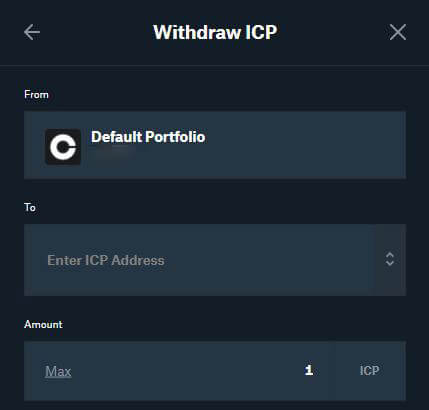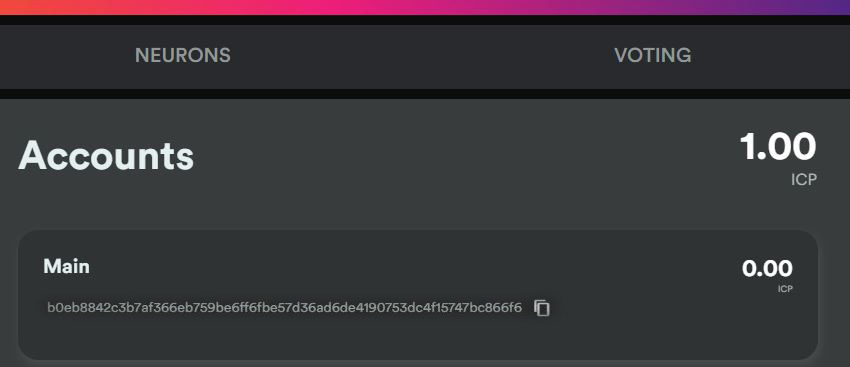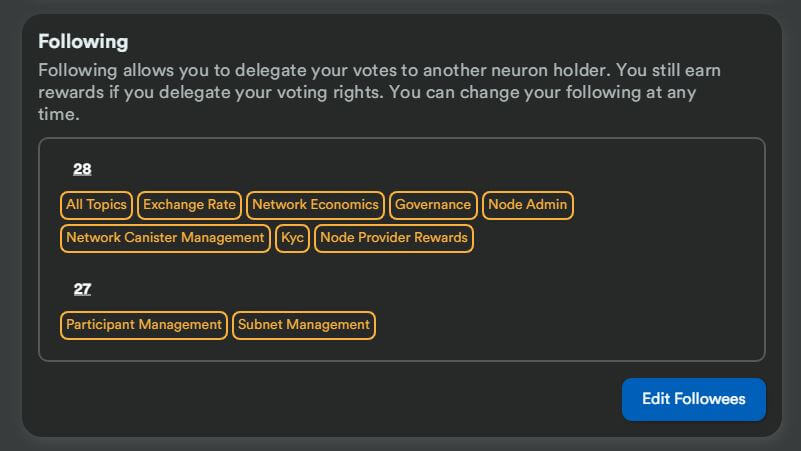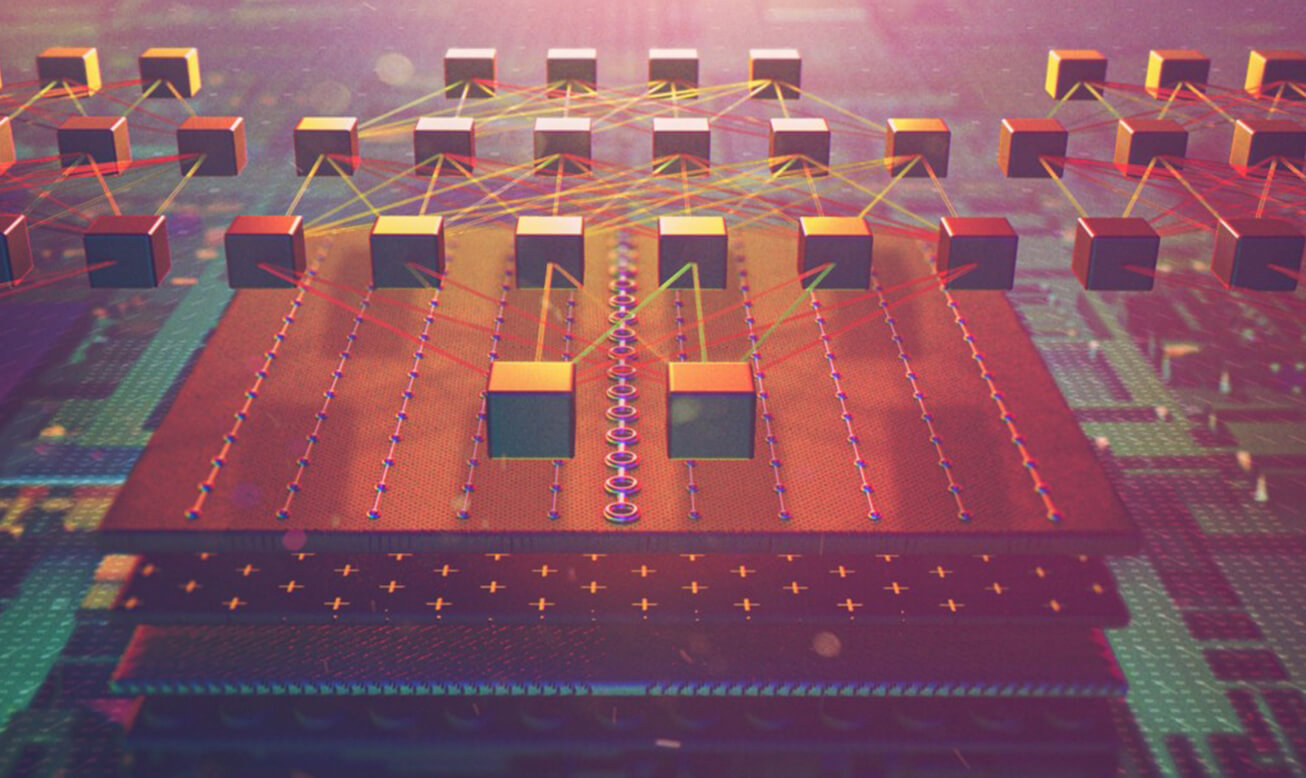Using the IC
Staking ICP Tokens
Learn how you can stake ICP tokens in a neuron of the Network Nervous System (NNS) to earn staking rewards and to participate in governance

ICP Staking Guide
Staking in the Network Nervous System Explained
Preliminary Preparations
To participate in governing the Internet Computer network and to earn staking rewards, you need to lock up your ICP tokens in a neuron of the Network Nervous System (NNS).
This step-by-step guide walks you through the process of staking your ICP tokens.
The Basics of Staking
To guide you in meeting a sound staking decision, it is helpful to address the very basics of locking up ICP tokens.
Users wishing to participate in governing the Internet Computer by creating and voting on proposals need to lock up a stake of their ICP tokens to create a representative in the NNS, a so called “neuron.”
Benefits of locking ICP tokens in a neuron
Individuals or organizations that lock ICP utility tokens in a neuron benefit from the following:
Calculating staking rewards
Let’s have a look at the factors that determine your staking rewards:
To easily calculate your estimated staking returns, have a look at the ICP Neuron Calculator
Staking terminology
Here’s an overview of the terminology you may encounter during the staking process:
Staking ICP Tokens in a Neuron
Step-by-step instructions for locking your ICP in a neuron
#1 – Connect to the Internet Computer
You can connect to the Internet Computer via the user-friendly Network Nervous System (NNS) dApp. To do so, open your web browser and navigate to the Network Nervous System (NNS) dApp.
Next, authorize authentication with your Internet Identity and log into the dApp.
#2 – Send ICP tokens to your wallet
In order to stake, you need ICP tokens. There are different ways of getting ICP tokens, for more details see Get ICP. Once you have acquired ICP tokens, you’re good to go.
In the next step, send the ICP tokens to your NNS wallet. You can withdraw ICP tokens from your exchange wallet by copying and pasting the address of your wallet in the NNS dApp.

Here is how your ICP address should look like in the NNS dApp:

#3 – Staking ICP in a neuron
After you have withdrawn your ICP tokens from your exchange wallet, you should see them in your NNS wallet one or two minutes later.
In the next step, click on Neurons and then on Stake Neuron. You can now select the account that you want to use to stake with. In most cases, this is your Main account.

Type the number of ICP tokens you would like to stake and click on Create to confirm. The dApp will now ask you to set a dissolve delay.

Automatic voting
Maximizing your staking rewards through automatic voting
#4 – (Optional) Enabling automatic voting
After you have locked up your ICP in a neuron, the dApp asks you if you want to follow other neurons. By following neurons, you automate your voting which will give you the maximum voting rewards. It is important to note, however, your governance votes on proposals will be identical to the neuron you are following.

You can always change the voting settings via Neurons and Edit Followees.

Follower Structure Decentralization
Decentralizing the governance of the Internet Computer
Problem outline
The present NNS follower structure is not decentralized. This is a result of community members, investors, employees, and other stakeholders setting their neurons to automatically follow the voting behavior of neurons controlled by the DFINITY Foundation and/or the Internet Computer Association.
There are four key reasons why stakeholders choose to follow the voting behavior of the two organizations:
Decentralizing the follower structure
To help in decentralizing the follower structure, we have created a list for you which includes the neuron IDs of active neurons you can follow:
- ICP Maximalist Network (ICPMN), Neuron ID: 4966884161088437903
- cycledao.xyz, Neuron ID: 5967494994762486275
- ICDevs.org, Neuron ID: 14231996777861930328


